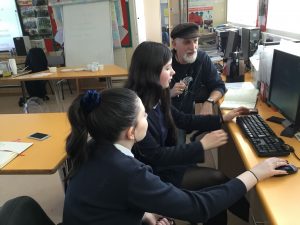
We live in times where technology is ever changing; as part of his ‘Show and Tell’ Des explains to the young people how he accessed and listened to music when he was their age. The first time some of the young people had ever seen a vinyl record.
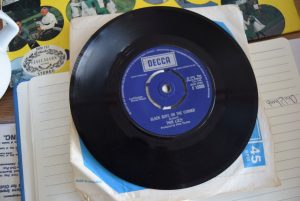
Archive – posts contributed to the Archive

We live in times where technology is ever changing; as part of his ‘Show and Tell’ Des explains to the young people how he accessed and listened to music when he was their age. The first time some of the young people had ever seen a vinyl record.

A talented dad handcrafts 16 traditional Irish Donkey carts, one of each of his 16 children.
The Cart
The project demonstrated the importance of listening to the stories of our older generations, in sharing the memories. by doing this we can preserve our families’ history and immortalise our loved ones.
Peg Kelly and Mary Sexton share a passion for music and song. This wonderful video shows Mary interviewing Peg about a song called In Shame, Love in Shame, Peg then sings the beautiful song.
The song was written by by Sean McCarthy. Recorded by Peggy Sweeney and by Red Hurley originally. Recorded in the 1960’s by Olive Bayle. The song is about having a baby and not being married, which was a big deal in Ireland up until recently. It is believed to be a true story.
The original lyrics:
They whisper their stories and they glance with the eye,
They look over my shoulder when I pass them by,
My father and mother they treat me the same,
Hear the Nightingale crying in shame love in shame.Cling to me tight love hold my hand,
The road it is long love, and harsh is the land,
That’s the cross we must carry for having no name,
Hear the Nightingale crys now in shame love in shame.I have wings on my feet and of love I have dreamed,
The moon and the stars, oh how friendly they seemed,
The touch of his hand in the soft summer rain,
But the Nightingale crys now in shame love in shame.Once in the starlight when he held me close,
Down by the green meadows, where grew the wild rose,
The wind sang of love, oh how soft it’s refrain,
Hear the Nightingale crying in shame love in shame.Now hush little darling we soon will be there,
A blanket of love will surround you with care,
No vile tongues will whisper you will never feel pain,
Hear the Nightingale crying in shame love in shame.How mute are the birds now, my bonny young boy,
How deep is the river, how silent your cry,
Let the water baptise you, then we’ll both hear a name,
Hear the Nightingale sing, there’s no shame, there’s no shame.
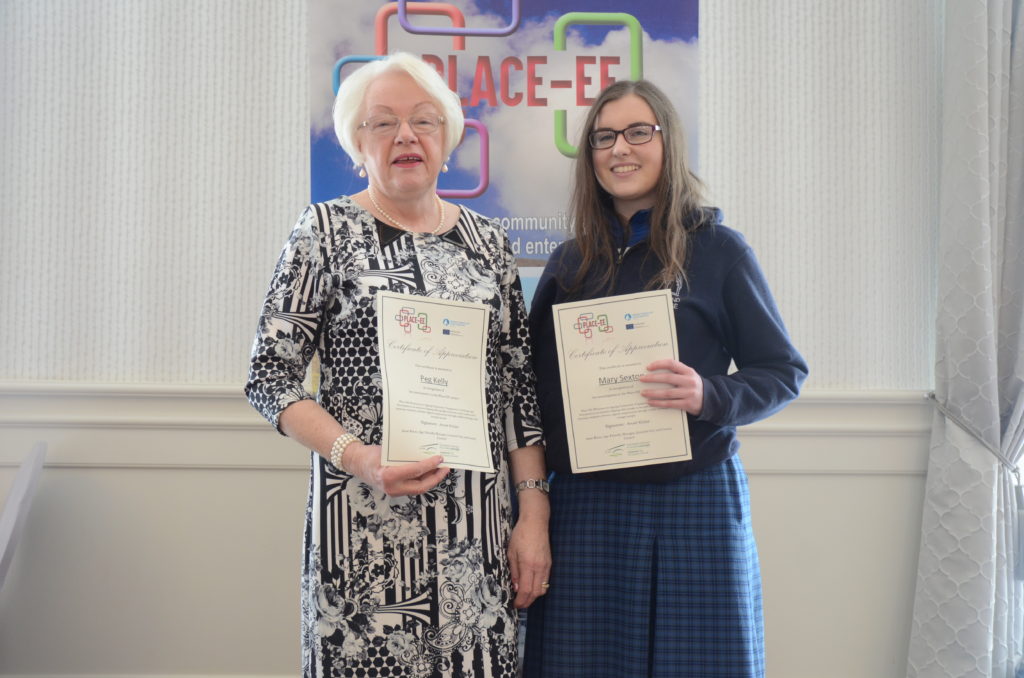
The forge was an integral part of every town and village across Ireland for centuries. This project created by Richard Nolan and Shane Copse focuses on the importance of the forge in Irish society and on Richards family connection to a forge in Elverstown.
Click this link to view Richard and Shane’s project:
Place EE Richard Nolan and Shane Copse- Family History of the Forge
This short video shows Richard explaining his family connection to the forge:
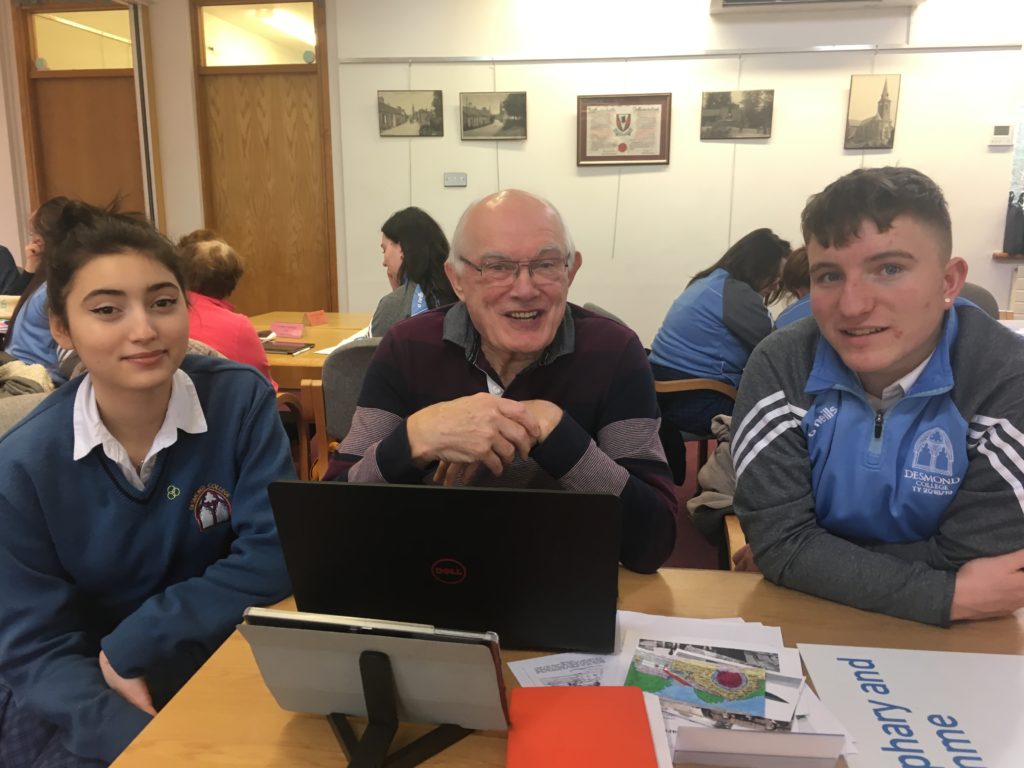
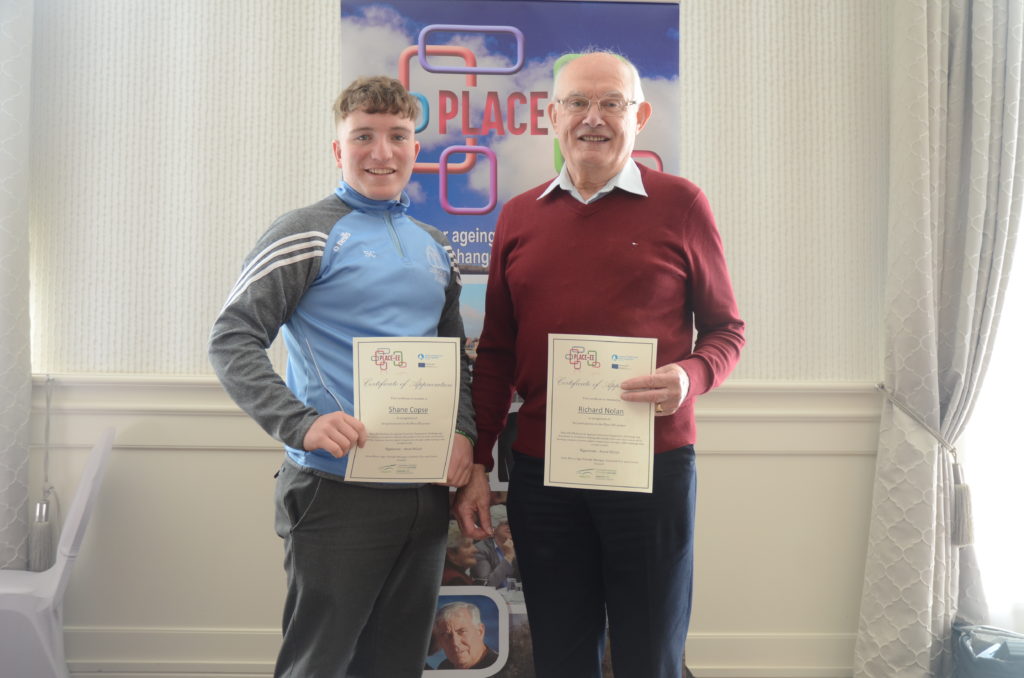
The revolutionary period in Irish history was the period in the 1910s and early 1920s when Irish nationalist opinion shifted from the Home Rule-supporting Irish Parliamentary Party to the republican Sinn Féin movement. There were several waves of civil unrest linked to Ulster loyalism, trade unionism, and physical force republicanism, leading to the Irish War of Independence, the creation of the independent Irish Free State, the Partition of Ireland, and the Irish Civil War. Noreen and Megan are very interested in history and created this interesting project based on Irish History 1917-1922.
Please click this link to view their project:
This short video shows Noreen sharing her wisdom with her friends:
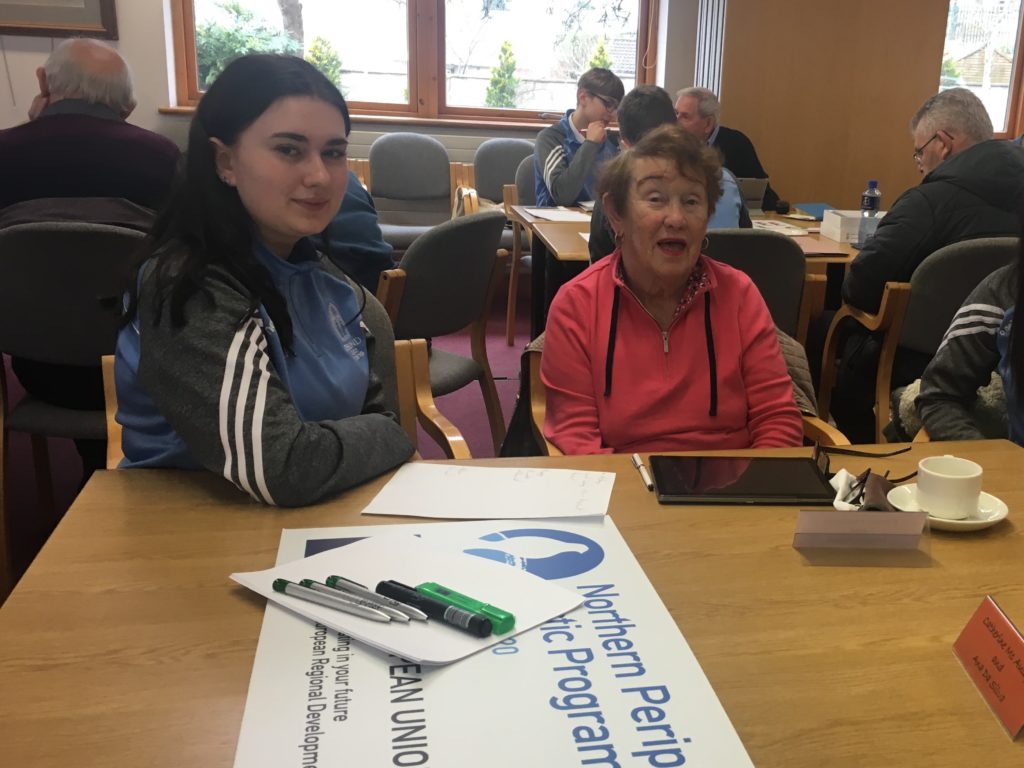
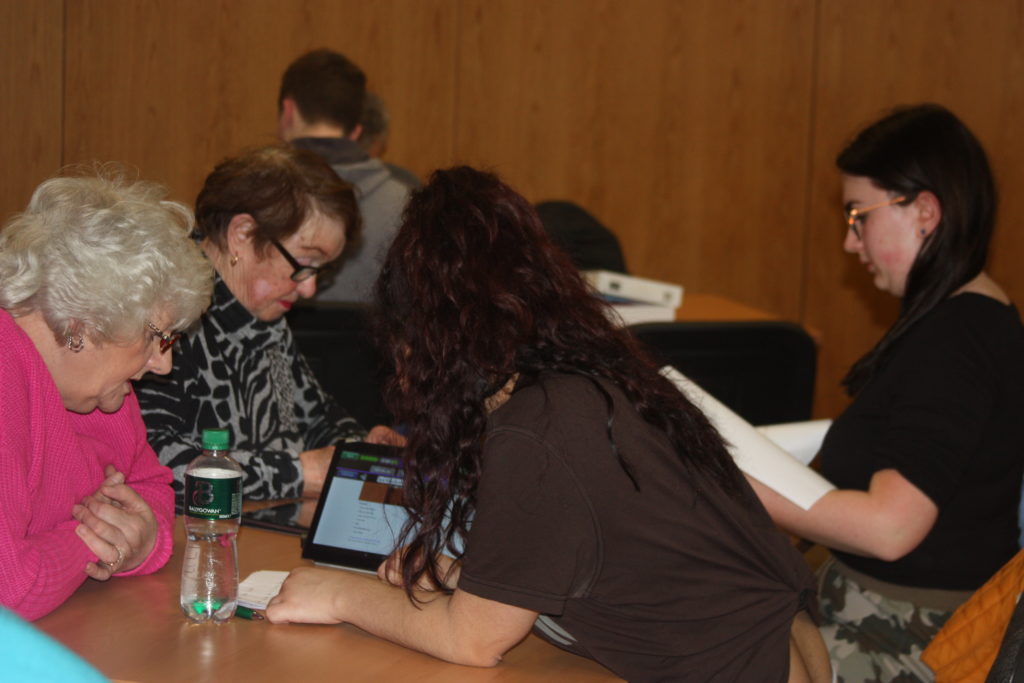
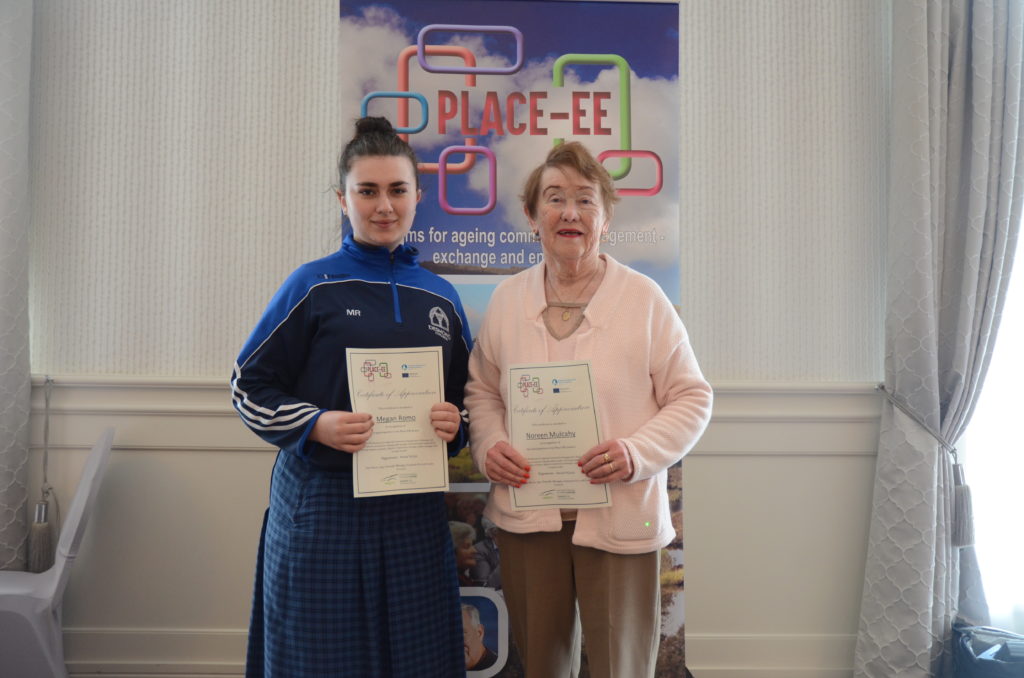
Music is a wonderful medium for bringing people together. John Sexton and Ronan Mullane both share a love for music. John wrote this song entitled ‘What People May Say’ and performed it with the help of Ronan who is playing the guitar.
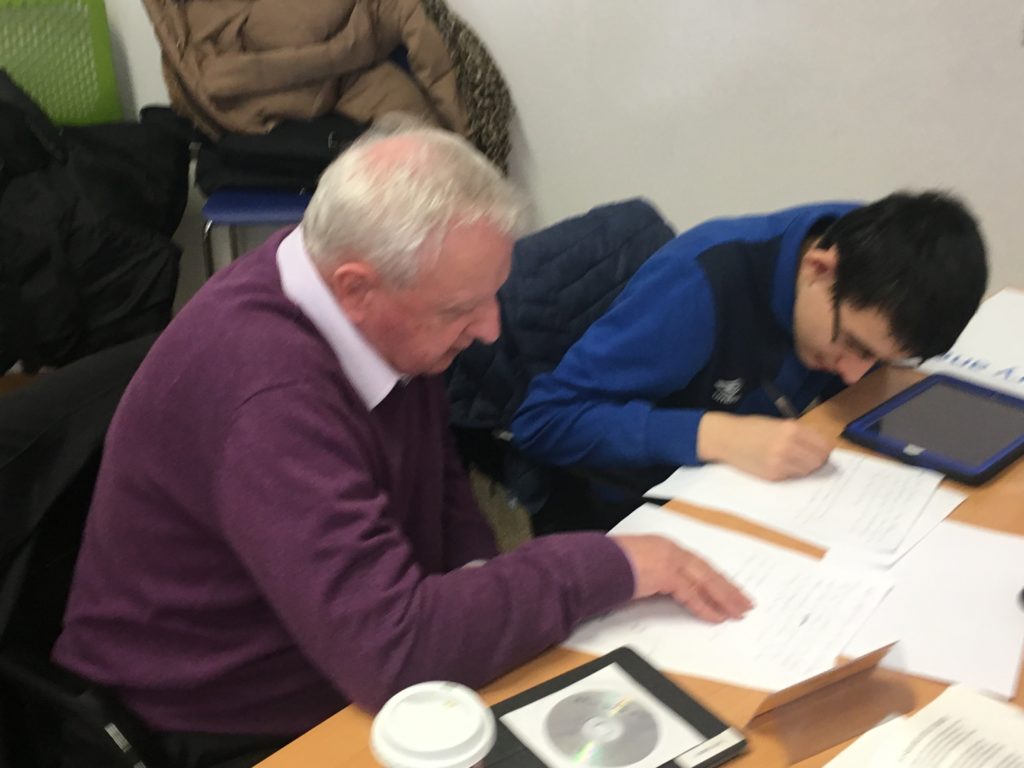
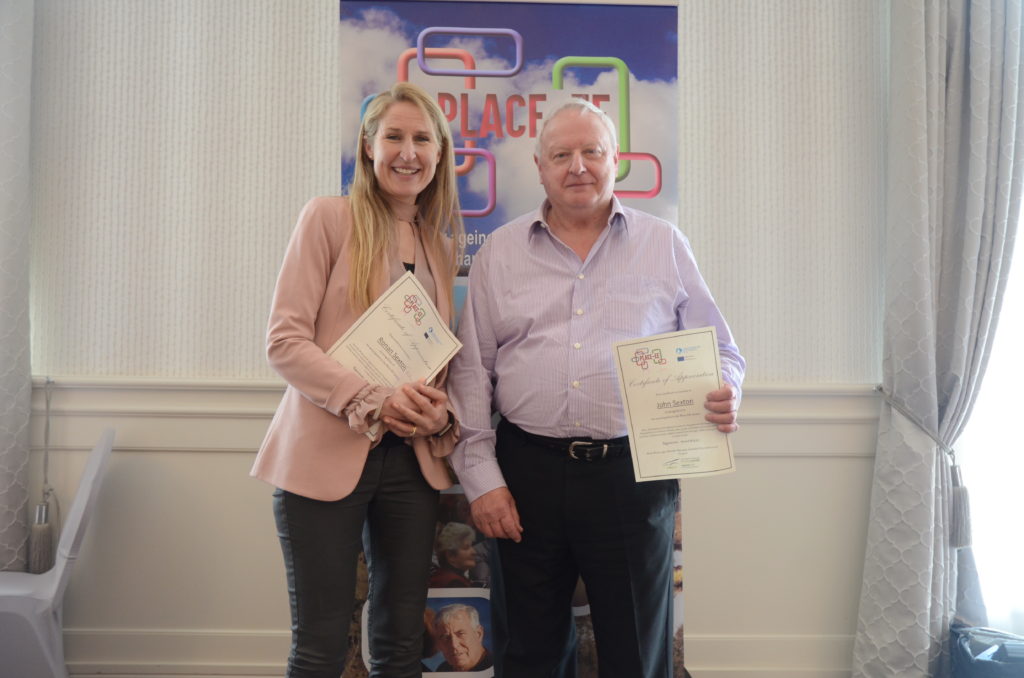
Adare was built in the 13th century as a heritage town on the Maigue river. It was a market town in the Middle Ages. In the 18th century the thatched houses that Adare is known for were built by the Earl of Dunraven. In 1232 the church built a monastery which was later restored in 1852 by the Countess of Dunraven. This interesting project created by Maurice Hannigan and Sean Salamh provides information on the history of the towns Castle and Manor.
To view Maurice and Sean’s project please click this link:
Maurice Hannigan and Sean Salamah- Adare History
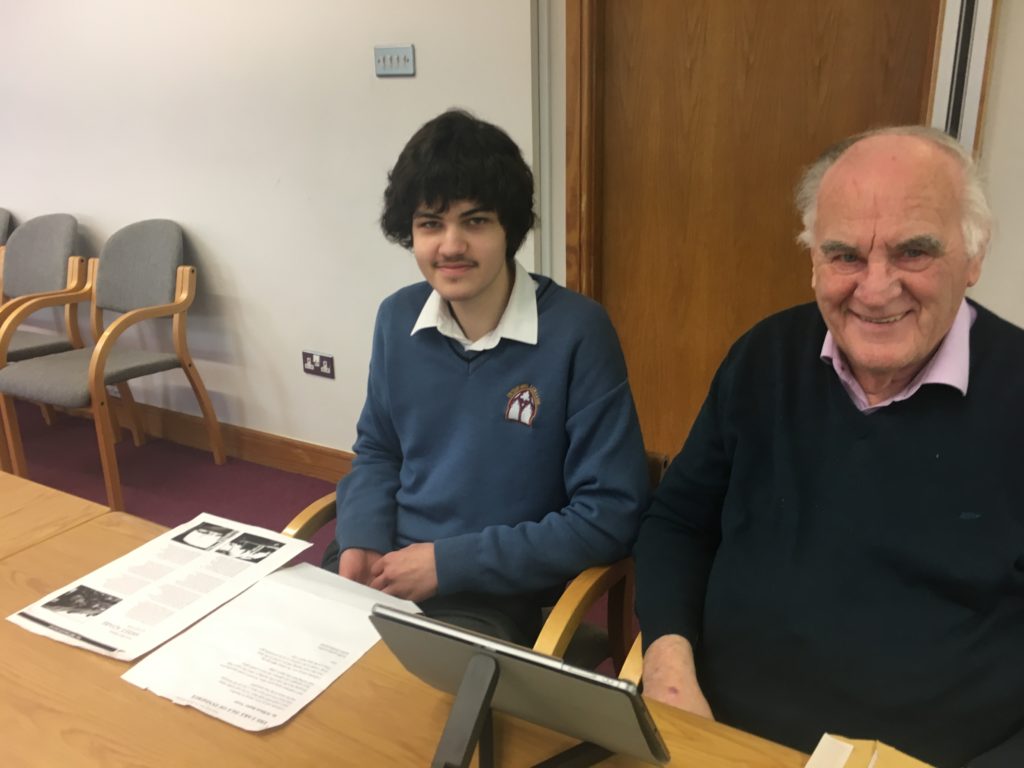
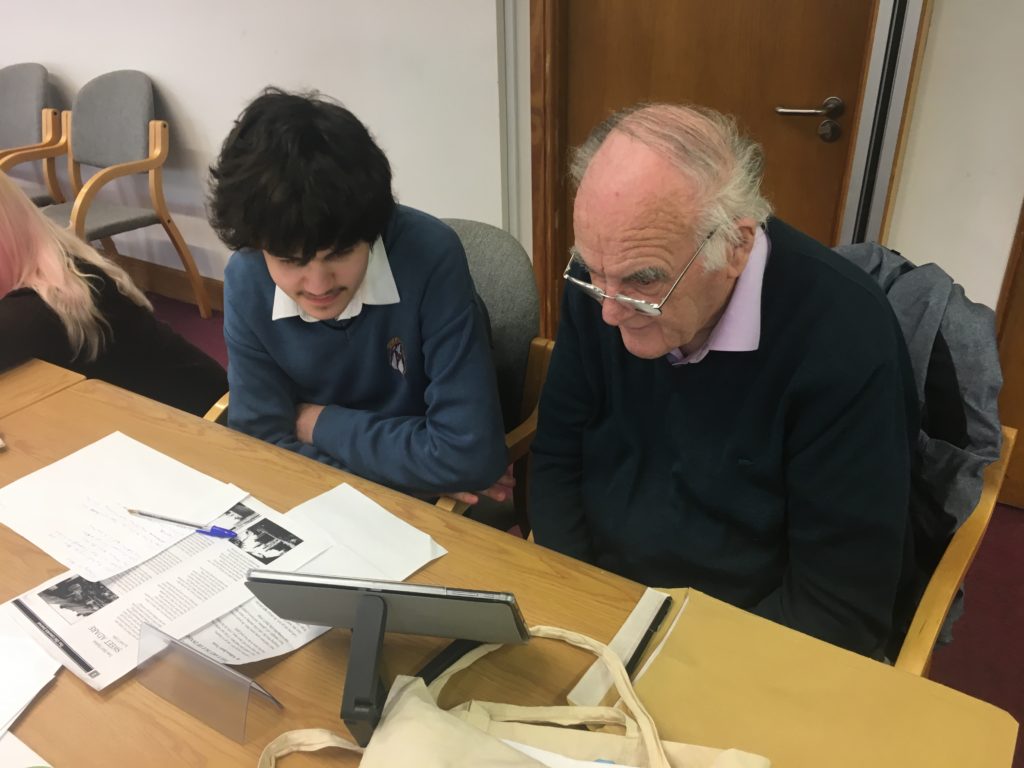
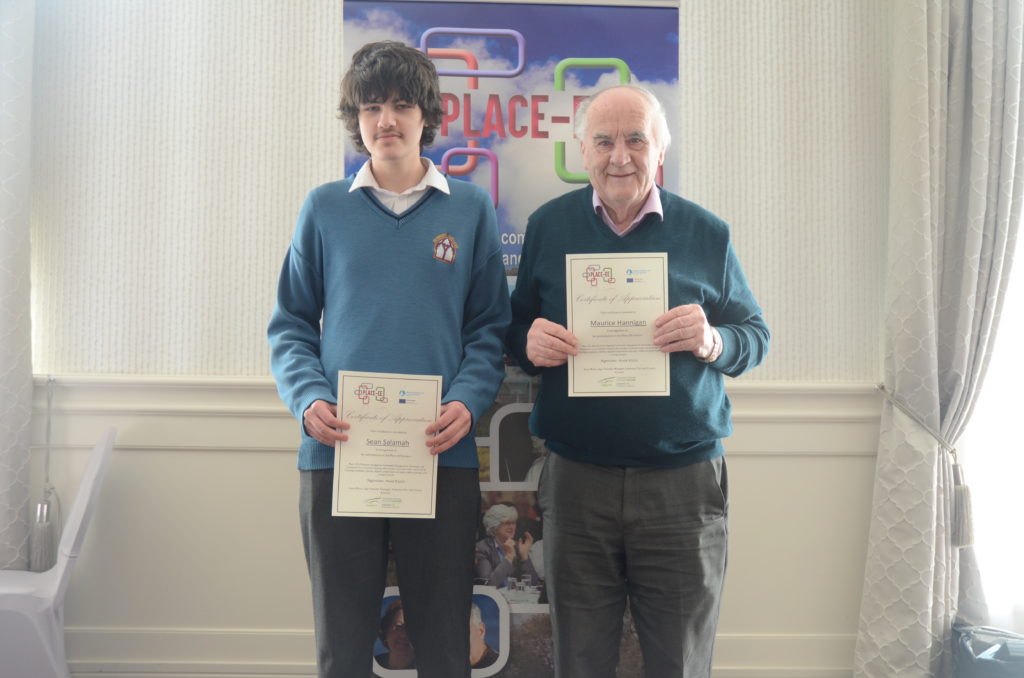
Click on this link to view more interesting facts about the village of Adare:
Many people know the tune ‘An Irish Lullaby’ from the singing of Bing Crosby (Going My Way, 1944), it was originally written by J.R. Shannon (1881-1946) in 1913. It premiered in Chauncey Olcott’s New York stage production of Shameen Dhu (Black Haired Jimmy.) Many Irish people learned it from their grandparents and it is still popular today. The wonderful Mary Cronin sang the song at our final intergenerational workshop- fantastic!
Irish Lullaby Lyrics
Over in Killarney, many years ago
My mother sang a song to me
in tones so sweet and low
Just a simple little ditty
in her good old Irish way
And I’d give the world if she could sing
that song to me this day
Too-ra-loo-ra-loo-ral, Too-ra-loo-ra-li,
Too-ra-loo-ra-loo-ral, hush now, don’t you cry!
Too-ra-loo-ra-loo-ral, Too-ra-loo-ra-li,
Too-ra-loo-ra-loo-ral, that’s an Irish lullaby.
Oft in dreams I wander
to that cot again.
I feel her arms a-hugging me
As when she held me then.
And I hear her voice a-hummin’
to me as in the days of yore,
when she used to rock me fast asleep
outside the cabin door.
Too-ra-loo-ra-loo-ral, Too-ra-loo-ra-li,
Too-ra-loo-ra-loo-ral, hush now, don’t you cry!
Too-ra-loo-ra-loo-ral, Too-ra-loo-ra-li,
Too-ra-loo-ra-loo-ral, that’s an Irish lullaby.
The audience were captivated by Mary’s rendition of the song